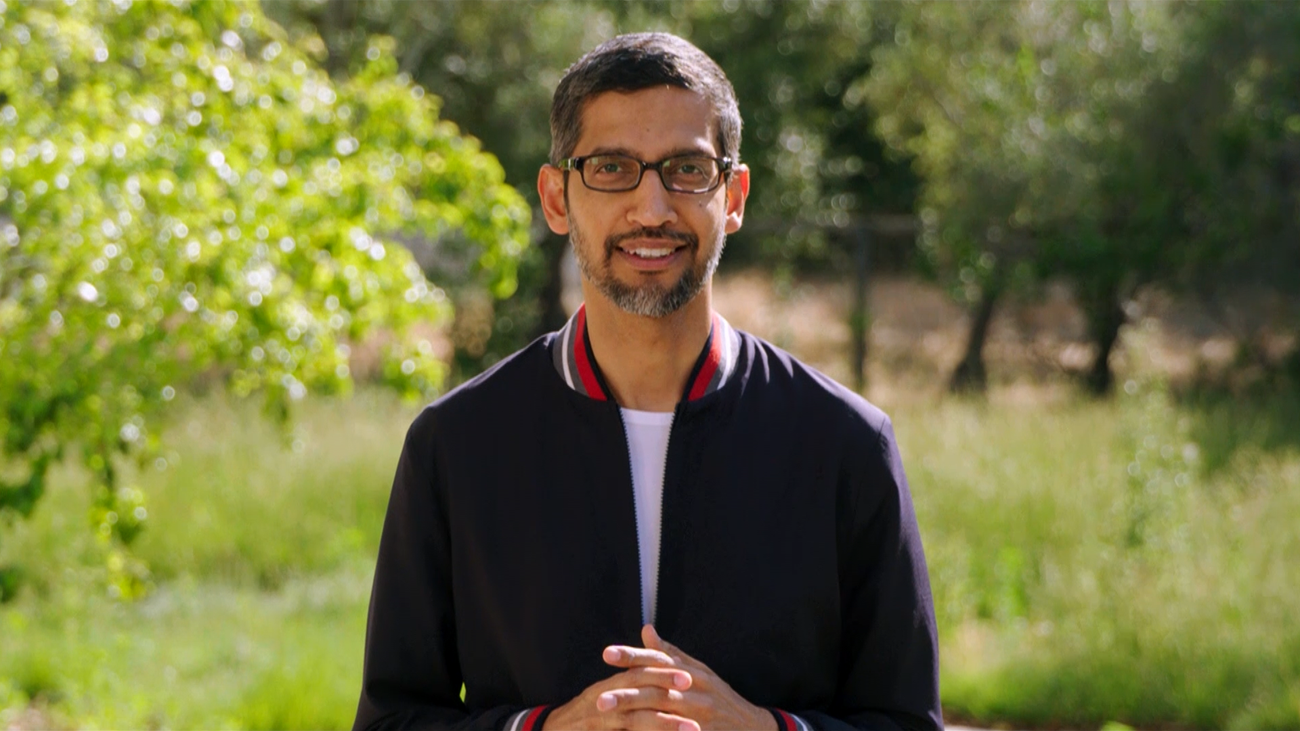
Google to make text and voice search available in over 100 Indian languages

During his recent visit to India, Google CEO Sundar Pichai said that the company was working on making text and voice internet search available in over 100 Indian languages.
He also emphasized Google’s support for small businesses and startups and the application of AI (Artificial Intelligence) in sectors like agriculture and healthcare.
Decoding the ‘unified AI model’
In an effort to understand what Pichai said, and its feasibility, The Federal spoke to Apurv Modi, MD & co-founder, ATechnos Group. Modi said, “Developing such a model would require significant data and resources along with advanced learning techniques.”
One approach could involve training a deep learning neural network on a large text and speech dataset in various languages. The model could be then fine-tuned to handle tasks such as language translation, speech recognition, and text generation in multiple languages. Specific needs and characteristics of different languages and dialects along with the cultural contexts in which the model is used must be considered.
Responsible AI
Pichai, in his speech, emphasized creating a multidisciplinary centre for responsible AI with IIT Madras. Explaining the term ‘Responsible AI’, Apurv Modi said it referred to the development and use of AI in a way that is ethical, transparent, and fair. It involves considering the potential impact and consequences of AI systems on individuals, society, and the environment. It also involves taking steps to ensure that they are designed and used to promote the well-being and dignity of all stakeholders.
The growing use of ‘voice commands’
Globally, over 500 million people use Google assistant every month, and voice search queries are growing at 270 percent every year.
In India, the use of voice commands for internet searches is particularly appealing due to the complexity and diversity of the country’s many languages. For many people, using voice commands can be a more convenient and efficient way to search the internet, especially when using a small device or using a language that is not their native tongue. This trend could have significant implications for businesses and organizations as it may change how people search for and access information online.
Search result pages are already available in Hindi. The Google CEO also announced that search result pages would be bilingual for those who wanted the feature. “Voice search can now understand people who speak Hinglish better, using a new neural network model which takes the person’s accent, context, etc. into account,” said Pichai.
Project Vaani
This is an initiative that aims at collecting and transcribing open-source speech data from across all of India’s 773 districts. Google has joined hands with the Indian Institute of Science, making it available through the government of India’s Bhashini project.
Bringing the world’s 1000 most-spoken languages online
Sunder Pichai’s announcement of building a unified AI model that can handle over 100 Indian languages across speech and text is significant and, if successful, could have a major impact on language accessibility and the ability of people in India to access knowledge and information in their preferred language.
Building a model like this will require significant resources and expertise, and may take some time to develop and refine. However, the potential benefits for language communities and for promoting the diversity of languages spoken will make it an important and worthwhile effort. It is also a part of a global effort to bring the world’s 1000 most-spoken languages online, highlighting the importance of making language resources more widely available and accessible.
The growing use of AI & ML
Artificial intelligence (AI) refers to the development of computer systems that can perform tasks that would normally require human intelligence, such as learning from data, recognizing patterns, and making decisions.
Machine learning (ML) is a subfield of AI that involves the use of algorithms and statistical models to allow computers to learn from data and improve their performance over time, without being explicitly programmed.
These technologies are growing in importance as organizations and individuals rely increasingly on data and automation to drive decision-making and productivity. AI & ML, in particular, are becoming increasingly prevalent as the availability of data and computing power continues to increase, enabling the development of more sophisticated and effective machine learning models.
Next Story

